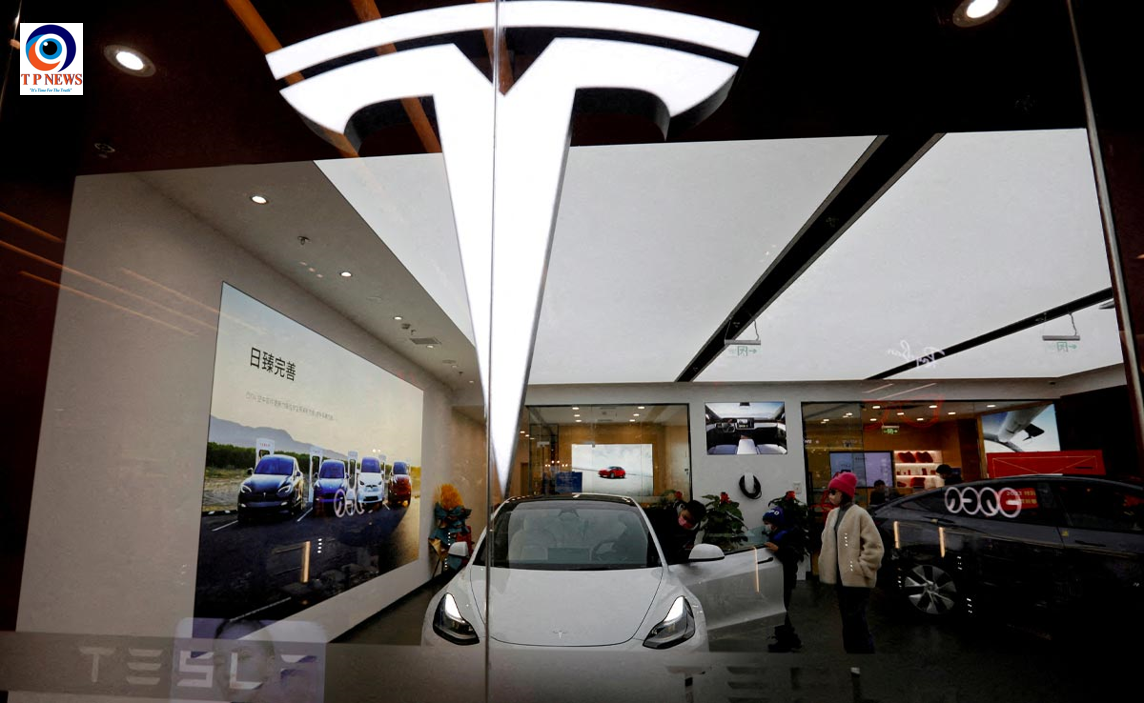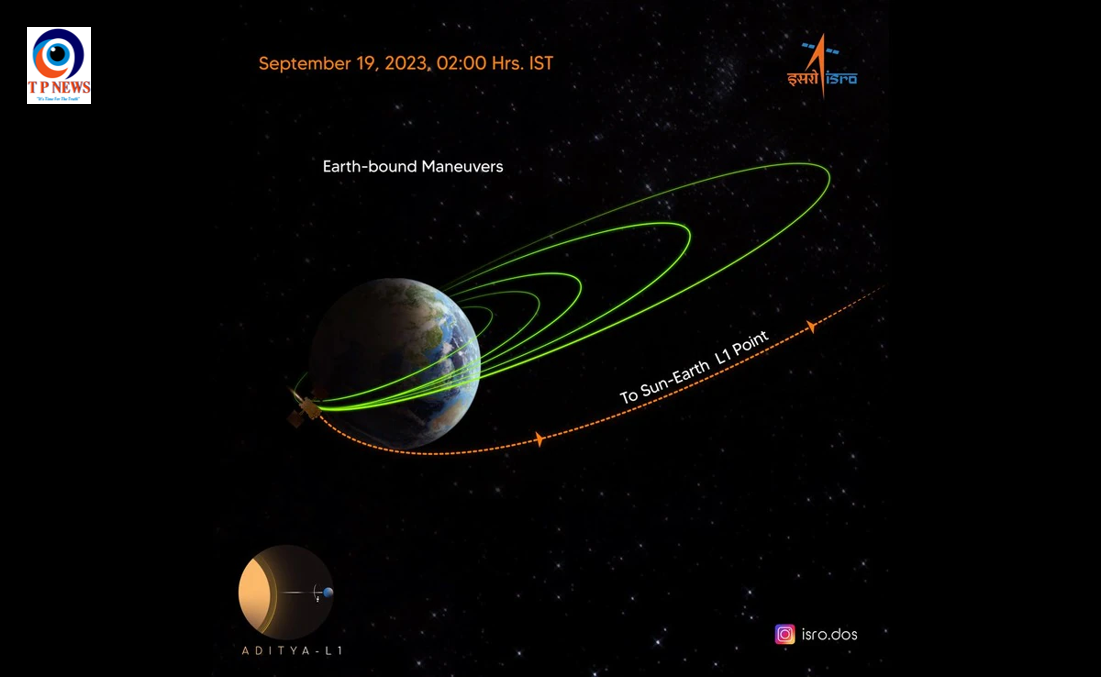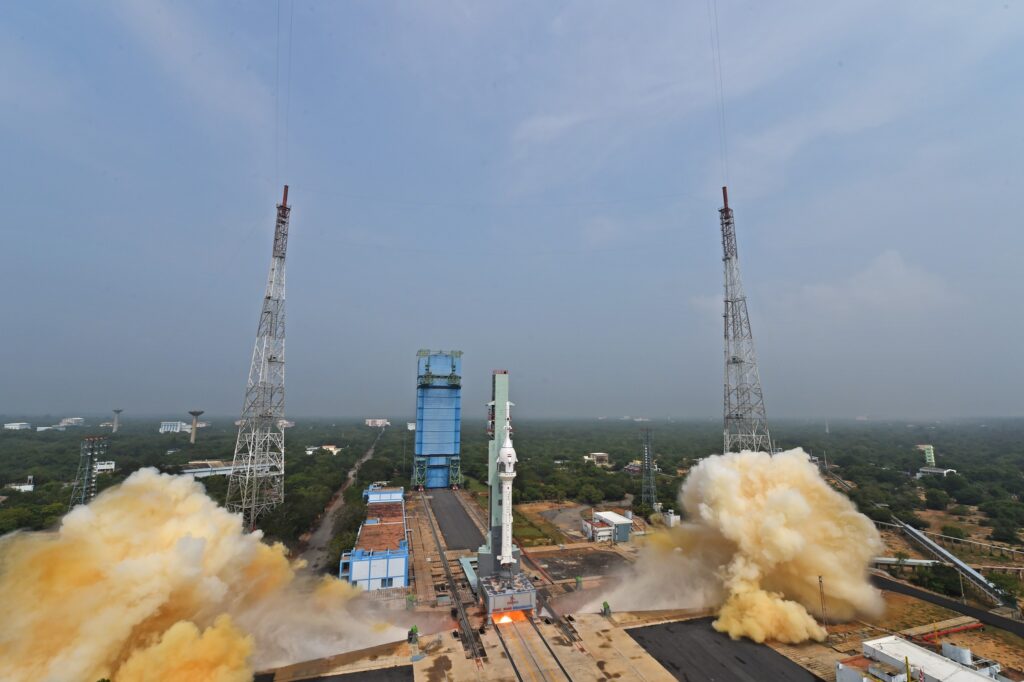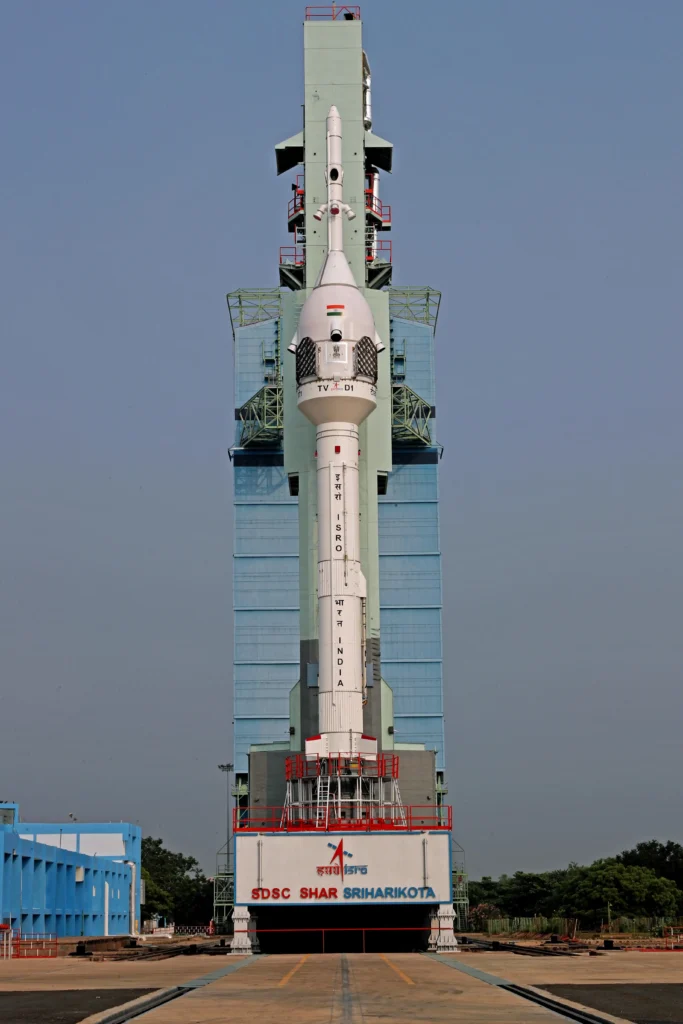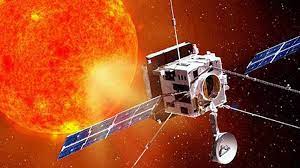At the annual Techfest hosted by the Indian Institute of Technology Bombay, ISRO Chairman S Somanath revealed a strategic initiative to deploy 50 satellites over the next half-decade, significantly bolstering India’s geo-intelligence capabilities. The forthcoming satellite constellation will feature a diverse range of orbits, facilitating comprehensive troop movement tracking and high-resolution imaging across extensive territories.
Somanath emphasized the necessity of expanding India’s satellite fleet to ten times its current size for the nation to realize its ambition of becoming a formidable global player. In his address, he highlighted the importance of enhancing satellite capabilities to detect changes promptly, advocating for the integration of artificial intelligence (AI) and a data-driven approach to streamline data analysis. This shift aims to minimize data downloads and prioritize the extraction of essential information.
The proposed satellite deployment signifies a crucial step forward in India’s pursuit of technological advancement and national strength. By harnessing the power of cutting-edge satellite technology, ISRO aims to contribute significantly to the nation’s security and strategic intelligence capabilities in the years to come.




